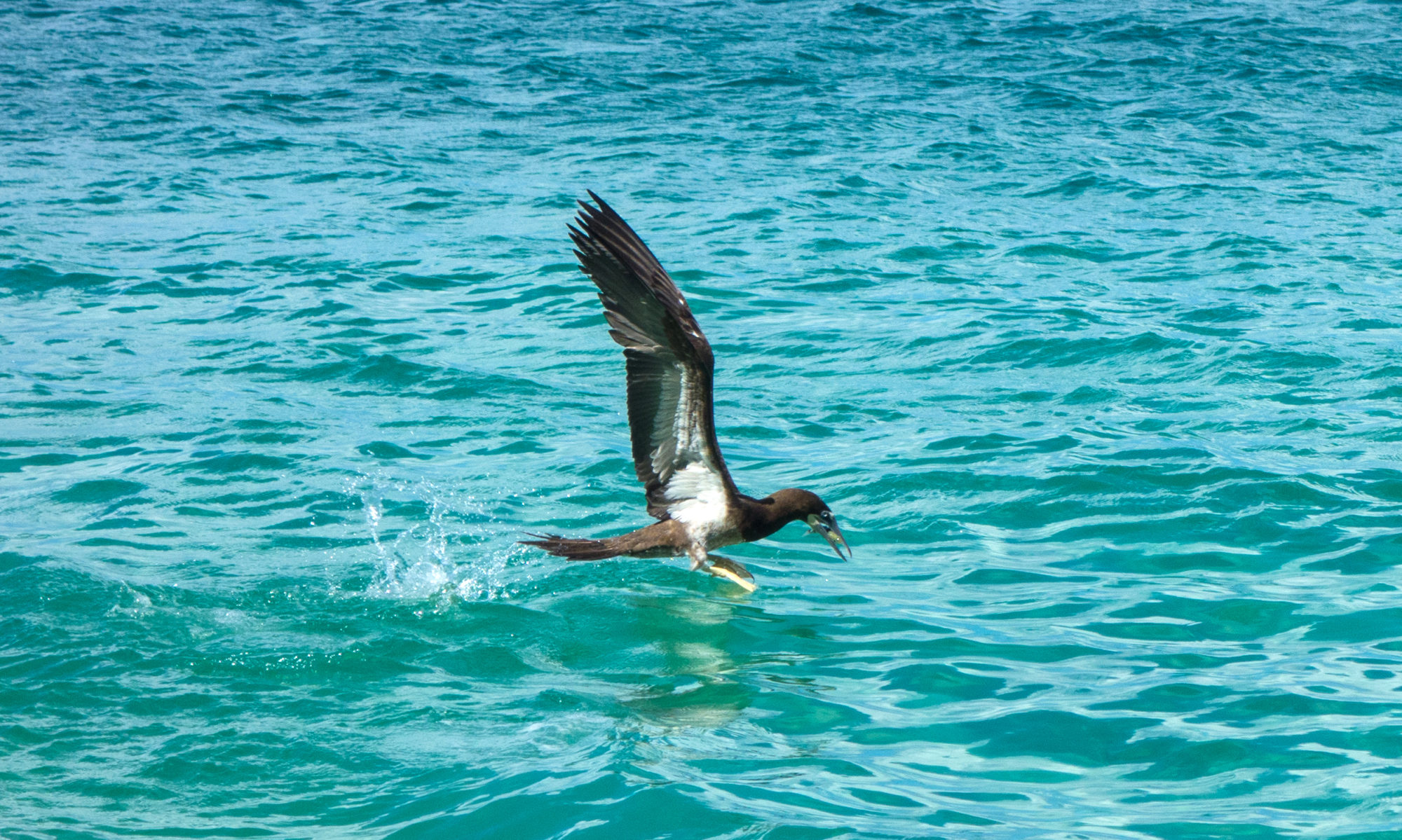When I left Canada to live on the tiny Island of Bequia I had never heard of coal pots, and had certainly never seen one! I didn’t spend much time cooking until I moved to the Caribbean, but the pots and pans my mother used in the kitchen were pretty much what every Canadian household contained. Any outdoor cooking was done on a BBQ with store-bought charcoal brickettes and, as my family didn’t own a BBQ, I had never given much thought to coal, let alone how it was made.

Shortly after my arrival on Bequia, I woke up during the night with the realization that I was having a hard time breathing. Something was burning outside and, although I couldn’t see any tell-tale flames, the atmosphere was so thick with smoke I was forced to close the bed-room windows. The following day I came across a smoldering heap in the Friendship valley, and discovered it was a burning coal pit. Evidently Bequia people made their own coals, and I would come across many such smoking heaps over the years. Coal was the main source of cooking fuel on the island, and had to be made and used with care.

I was introduced to coal pots when Mac took me to his mother’s house on Family Hill for lunch. Momma Simmons fed an amazing number of people in the space of a day, and spent her entire morning hovering over vast pots of food. Momma had a gas range (a luxury for many!) with four burners, but the stove wasn’t large enough to deal with the amount of food she cooked. The kitchen was situated in a separate building beside the main house, and the space between the two buildings is where the family’s coal pots were situated.

Coal pots are used for outdoor cooking, and during my early days on Bequia they were a common sight. In some parts of the Caribbean they are referred to as coal stoves and Dutch pots, but on Bequia they were (and still ARE) called coal pots. Although traditionally made with clay Momma’s coal pots were cast iron, and were about a foot in diameter. Due to their rather small size the pots didn’t require much coal, and were therefore an economical way to cook. They were usually placed with the draft hole facing the wind, making the coals easier to light. The wind also kept the coals burning red, although Momma usually had someone tending the coals throughout the morning to ensure they burned properly. Her coal pots were used for simmering food that needed to be cooked slowly, such as rice & peas, roasted breadfruit and corn, and of course green pea soup and fish boileen. For many families, the pots were used to cook everything; most kitchens were not equipped with modern conveniences, and cooking with coal was necessary. Mac’s mother was fortunate in that she had a gas stove/oven, and due to the number of people she fed it’s just as well she DID. Local kitchens and methods of cooking have changed over the years, and in many ways that’s a good thing. However, because of their allowance for slower cooking, food cooked over coal pots has a magical smoked flavour that gas stoves simply don’t provide. Modern kitchens are certainly more convenient and have become the norm on Bequia, but food cooked slowly over those coal pots was SO much tastier!



